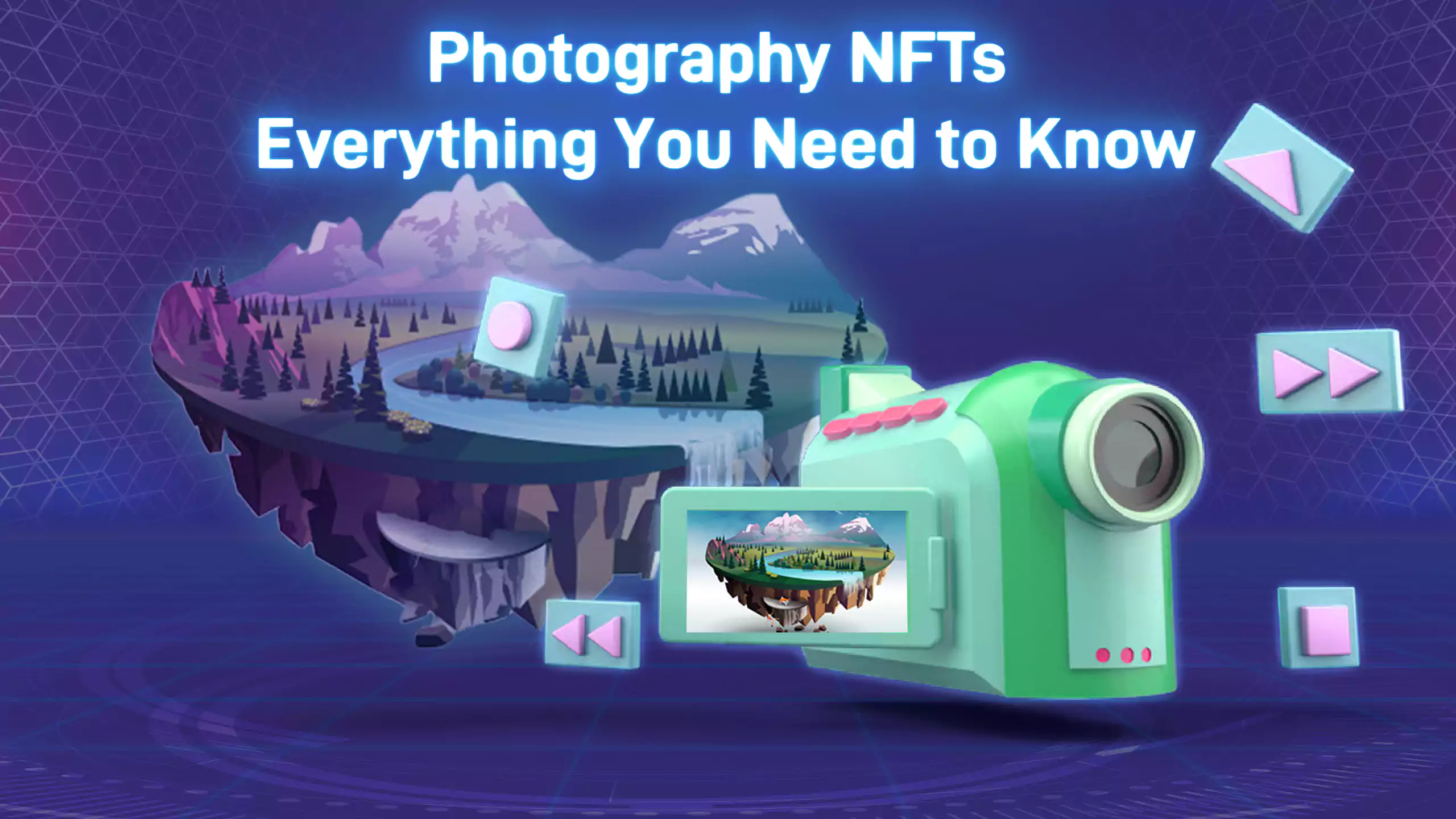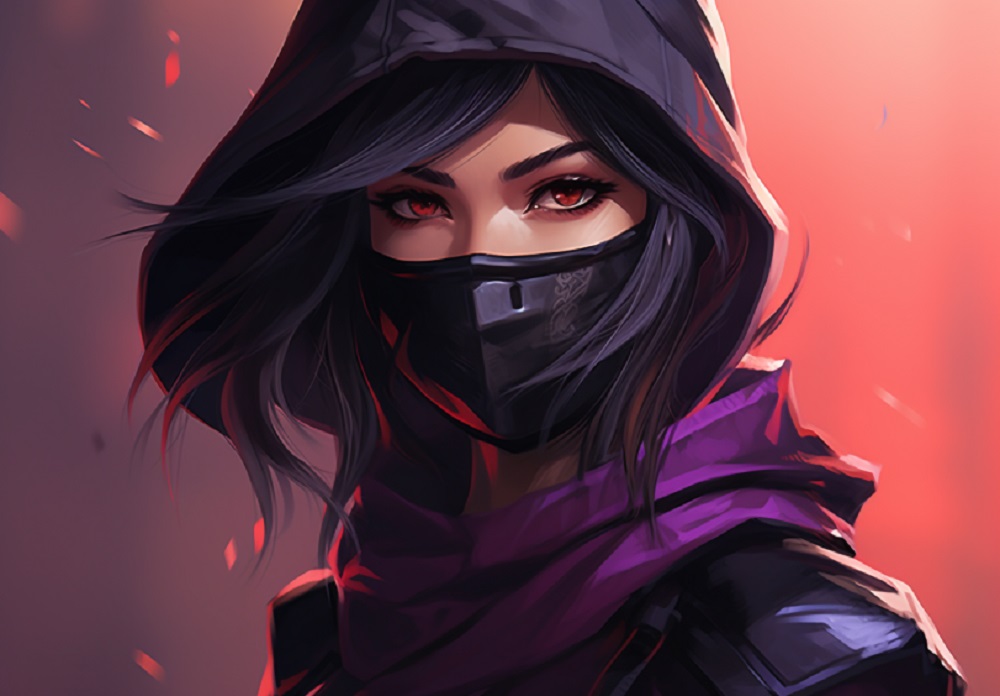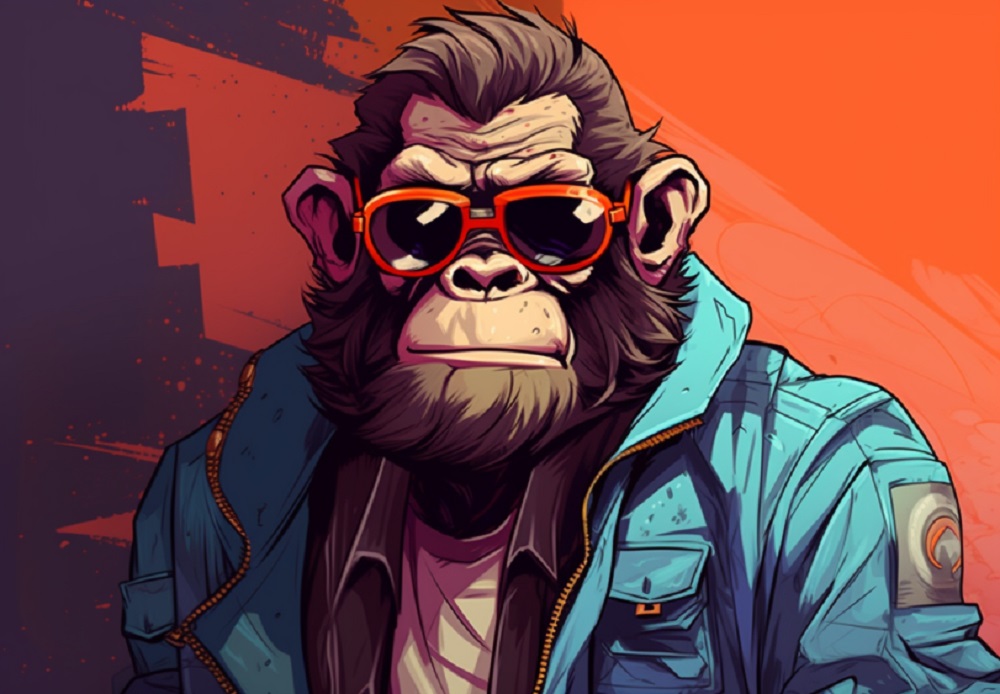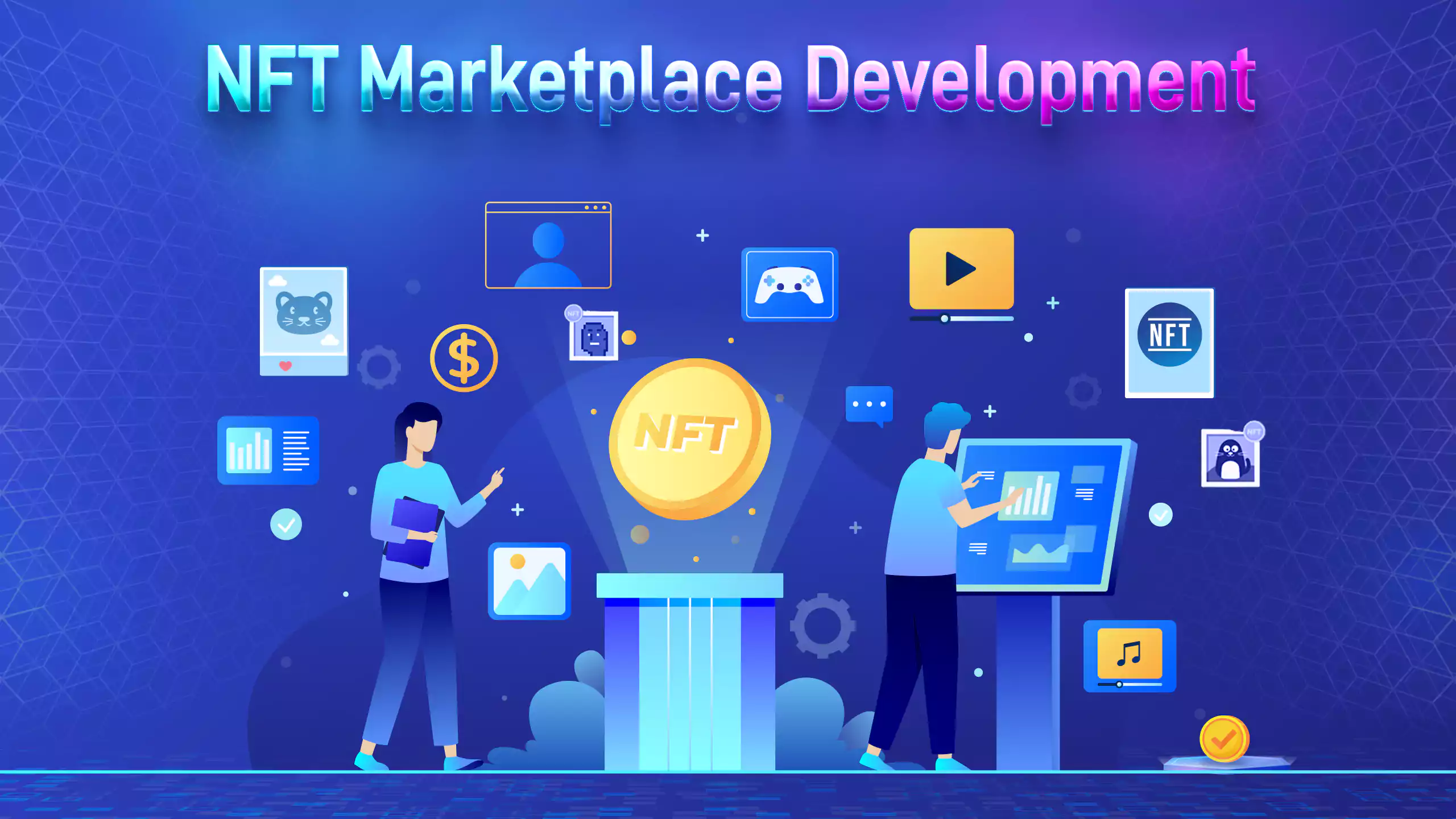NFTs have indeed been around since 2014. The first one sold above $1 million; however, it wasn't until the NFT craze of 2021 that the world seemed to stir and wake up to the ingenuity and opportunities present in the decentralized internet space. Today, many people are digging the internet to find out what NFTs and web 3.0 mean.
When they emerged at first, they were just used as a token to facilitate the selling of rare collectibles. But following the NFTs' success with crypto punks and other comparable assets, people's eyes were drawn, and NFTs properly took off after the Beeple sale.
Today many individuals, celebrities, and companies are rushing into the area to create their version. And so what are NFTs, and why are people so crazy about them?
What are NFTs
NFTs (Non-Fungible Tokens) are a digital representation of one-of-a-kind assets. Music records, sports trading cards, art, and even physical asset tokens are all examples of NFTs. NFTs supplement traditional verification methods by allowing all of these physical assets and digital assets like digital artworks or music records to be digitally represented in a safe, trusted, and transparent manner.
It is difficult to duplicate or change the security of data associated with NFTs, which ensures the users' ownership and legitimacy of the work. Anyone may track the file information as they all have IPs and observe accurately what transactions occurred while using blockchain.
The distinctiveness and scarcity of these assets add value to them, which may be validated using their unique metadata, human verification processes, and other methods.
What are Photo NFTs
The introduction of NFTs has changed how we think about photography and its storage. Just several years ago, physical photographs were all the rage. But gradually as technology advanced and more people started having smartphones, hard copy photography started losing its taste.
Besides, anyone could photograph your hardcopy photos and use them however they felt. This did not compromise the originality or ownership of the physical image, but with more use cases in digital photography, the physical photography hype began to simmer down.
However, as the world got more digital, picture ownership grew increasingly contesting, and many photographs received little or no credit for the photographs they took or owned.
Authenticity and transparency are guaranteed because of the technology known as the blockchain. A blockchain is a decentralized, immutable database shared across various computer networks or nodes.
It checks all the boxes, including rewards photographers, confirming ownership, provides value via scarcity and uniqueness. With the blockchain, regardless of how many people adore photos and screenshot them, owners still retain ownership and transferrable rights to the image.
Recently, a single photograph NFT sold for more than $20,000 to a photographer. Kate Woodman's digital piece, "Always Coca Cola," was purchased for 11.888 ETH.
How Do Photo NFTs Work?
After selling an NFT, the collector has no commercial rights to the NFTs like rights to make copies, sell prints of them and license them, but they can trade them as they wish. It is also not permissible for the creator to generate a new NFT with the same picture.
However, the creator may maintain the copyright and the rights to use the image for commercial reasons, including printing or licensing.
In addition to this, an exciting value with photo NFTs is the ability for photos to live forever. While physical images may get destroyed or forgotten after a while, creators may get royalties from the resale of photo NFTs.
For example, if a creator mints an NFT and sells it at 3 ETH, and that NFT resells at 10 ETH, the initial creator gets a royalty percentage (usually 10%). This helps photographers earn forever and keeps every NFT around with some value attached.
How to Mint and Sell Photo NFTs
NFT transactions run on NFT marketplaces like OpenSea. To get onto the market, it is necessary to purchase the Ethereum cryptocurrency. This is needed to pay a transaction fee upon signing up. You can buy Ethereum from crypto exchanges such as Coinbase, Binance, or Kraken.
It would be best if you also created a digital wallet. This is where you may keep both the cryptocurrency you've earned through sales and the NFTs you've bought. Any transaction that you make in it must be authorized.
MetaMask is a highly recommended wallet. It is crucial to remember that your wallet address links to all of your transactions and that you should never disclose it. The next step is to choose a marketplace and mint it on there. After minting, it is essential to add a description, set the terms, and list it for sale!
Trending Photo NFTs
Some common trendy photo NFTs that have caught the attention of thousands across the globe are:
City
From 2013 through 2021, these photographs by Omar Z. Robles served as a token and helped to tell a vivid narrative about New York City PDAs (public displays of affection).
Room 509
The creator, Fellowship Studio 137, is known for his project capturing Ukraine survivors. He started The Survivors in Ukraine initiative as a powerful visual project that stencils the resilience and hope of Holocaust survivors in Ukraine.
New York
The Bruce Gilden, New York NFTs, have been trending because of the highly valued history attached to beautifully captured pictures. The creator, Bruce Gilden, minted the photographs from his book, "Another Day in Los Angeles."
Stranger Together
In surreal photographs, Brooke DiDonato & Ben Zank strive to convey the sensation of loneliness in humanity and its relationship with the environment by creating art with a blend of geometry, the human body, and perspectives.
These few examples depict the power of photo NFTs and how they change the world on a global landscape.
Conclusion
NFT photography is not only the new kid in the block, but it has come to stay. From ownership and rights to originality, mass distribution, and long-time rewards, the future of photo NFTs is excellent, and many photographers should be encouraged to jump in on this opportunity to get the most value from their work.
To say that it is the future is stating the obvious as it solves many problems traditional photography has been aching to decipher for years.






